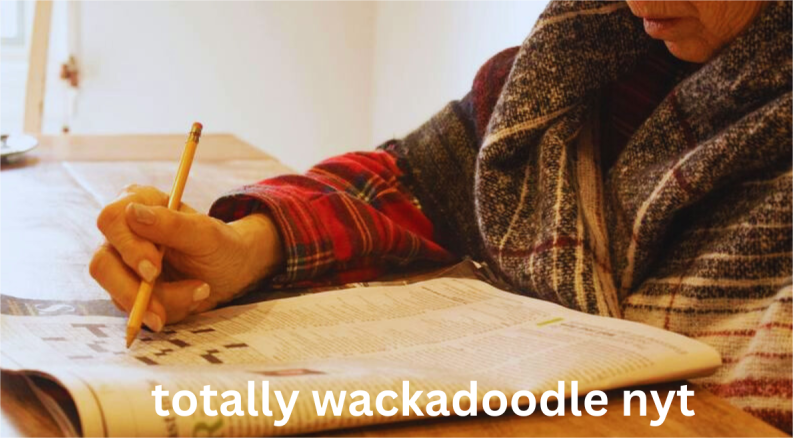Introduction
What is Totally Wackadoodle NYT? Amidst contemporary journalism for which news breaking and issue brokering stand out with regards to the note touched in the headlines, there is a type of writing that is somewhat less acknowledged. If you are accustomed to recognizing The New York Times as a global events reportage and analysis newspaper, at times this media may end up in the strange territories, the weird, and even the hilariously exceptional.
Unveiling the Unconventional
Thus, the focus in the New York Times is storytelling that aims at the extraordinary. Although the latter is associated with its reliance on reliable methods of research and providing individuals with meaningful analysis of events on the international stage, the Times is not averse to the exotic. They are such stories that can at first glance be called absurd but which actually contain morals or reveal some or other aspect of society.
Exploring Diverse Themes
It is quite informative to see the various types of ‘wackadoodle’ that are reported in the New York Times. Each of these can be viewed as a new type of research project: from looking at unique individual subcultures to examining strange phenomena.
Take an example of a woman, living in a rural area, who has taken it upon herself to become the most skilled baker and create sweets in the form of copies of the most well-known structures. Even what is presented at first as a capricious pastime turns into a story of passion, artistic pursuit, and ability of the human spirit.
Challenging Perceptions
It is important and normal for women to use their sexuality in media to shock or to assert themselves in any other regard: Such accounts serve as one of the primary objectives of unconventional messages.
They make people open their eyes wider in order to see the different sides of the existing issue. An article recounting the social practice of rooftop beekeeping in New York City, for instance, not only raises issues on the green practices of the inhabitants but also calls for a critical discussion on sustainability practices in the city areas and the relation between people and the environment.
Sparking New Ideas

Embracing the Unexpected
Conclusion
FAQs
Why does the New York Times air such nonsense stories?
In what regard are “wackadoodle” stories looked at as credible journalism?
Indeed, ‘‘wackadoodle’’ stories in the New York Times are as credible and newsworthy as other ‘‘normal’’ stories despite their silliness and eccentricity; like any other ‘‘normal’’ story, they go through standard journalism practices and are checked for their authenticity.
What is the purpose of “wackadoodle” stories to the readers?
Where can I find other such humorous pieces in the New York Times?
